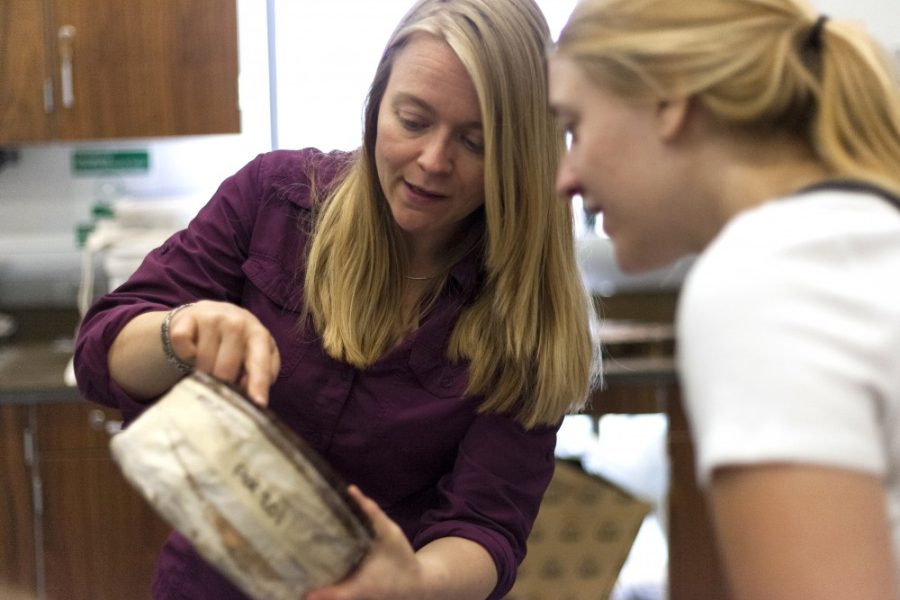The development of a metro in Istanbul, Turkey, was abruptly halted when an ancient harbor filled with hundreds of artifacts was discovered deep beneath the Earth’s crust.
Piper-Lenore Murphy, a geoscience junior, is starting her second year of dendroarchaeology research through the Laboratory of Tree-Ring Research. Murphy said she began her research at the lab during the beginning of her sophomore year.
Murphy is studying wood from dock posts found in Yenikapi, Istanbul. The archeological site was found 10 years ago during construction for a new metro that was planned to run through an old harbor called the emperor’s lost harbor, located in Constantinople, which is now called Istanbul, around the fourth century. The site, which has now been turned into a full-blown archeological site, contained old shipwrecks, dock posts and even 14,000-year-old shoeprints from the bottom of the harbor.
The research Murphy is conducting is helping to date over 4,000 samples worth of wood from the dock posts. With the samples, she is trying to create a master chronology: an arrangement of the tree ring samples from the specific region that can be compared to other tree rings from the same dock. This technique allows Murphy to know when the trees started growing, when they stopped growing and when they were turned into dock posts.
“[Murphy is] going to take tree ring patterns from these posts and try to match them together and build a chronology, which will tell us when this structure was built,” said Charlotte Pearson, Murphy’s independent study adviser, an assistant professor of anthropology and an assistant research professor of dendrochronology.
Being able to precisely date the dock posts is useful for a number of reasons. The master chronology being made by Murphy can be used by the archeologists excavating the emperor’s lost harbor site to help date artifacts found in the harbor. Knowing the age of the dock posts can also help anthropologists and archeologists to know when the site was occupied and the climate history of Constantinople, including natural disasters affecting the area.
Murphy said she is conducting her research through independent dendroarchaeology study under Pearson. Independent study allows for undergraduates to gain real-world research experience on campus while still in the undergraduate level and may even permit students to publish research and data sets. Murphy said she works closely with Pearson to fit the curriculum to her personal track.
Pearson assigns Murphy weekly readings in conjunction with working in the lab and weekly meetings to discuss Murphy’s progress on her research project. Pearson said her goal is to have Murphy use her research and data to get her work published in the future.
“Independent study can be really flexible, and I like to tailor it so [students] get the most out of it, in line with what they’re most interested in,” Pearson said.
Independent study can be beneficial for both students and faculty, allowing students to preform scientifically important work and permitting faculty to engage students on a deeper level to prepare them for future research.
“I really like working with students on a one-to-one, so I really enjoy doing this kind of thing,” Pearson said.
Follow Bailey Bellavance on Twitter.









